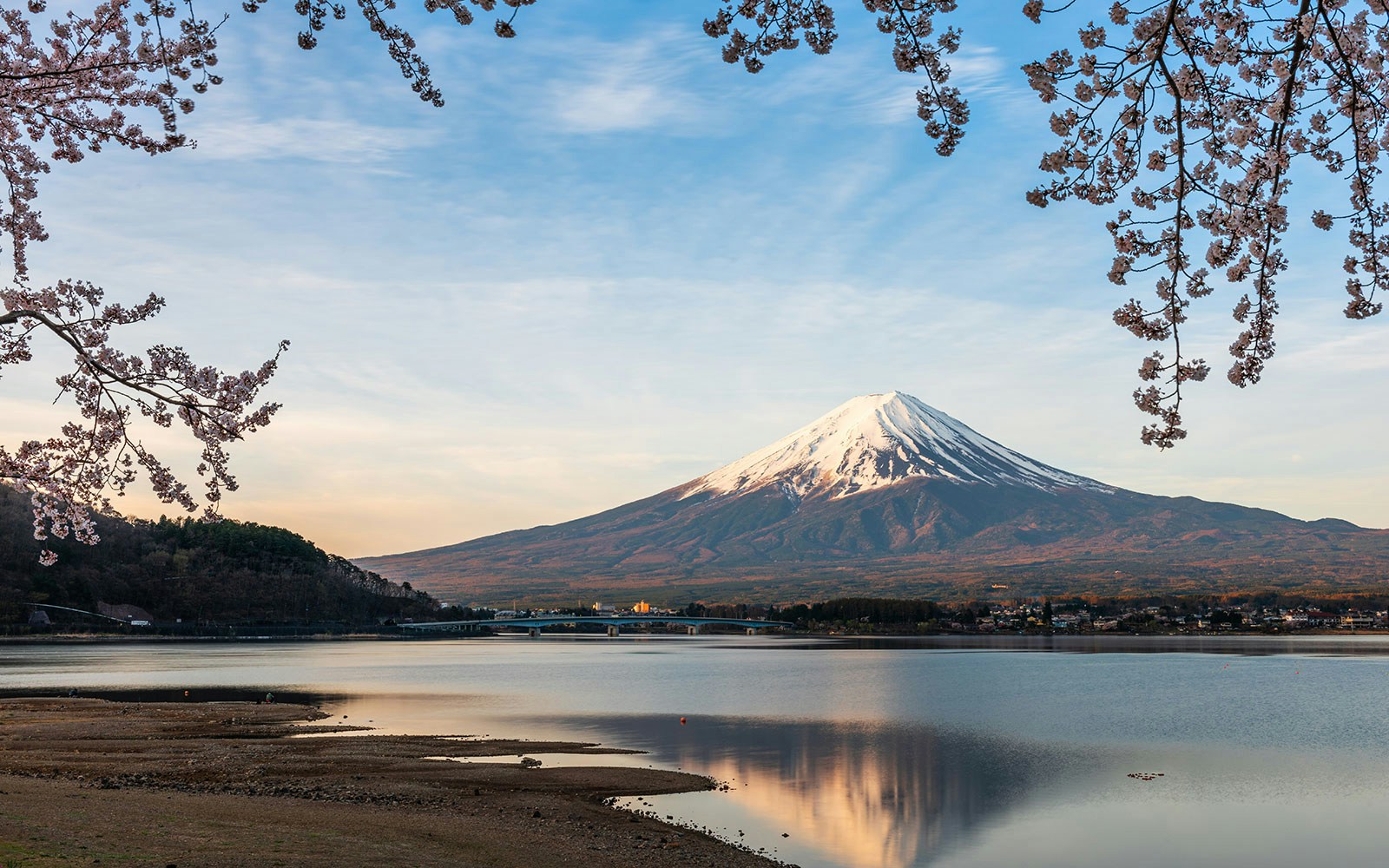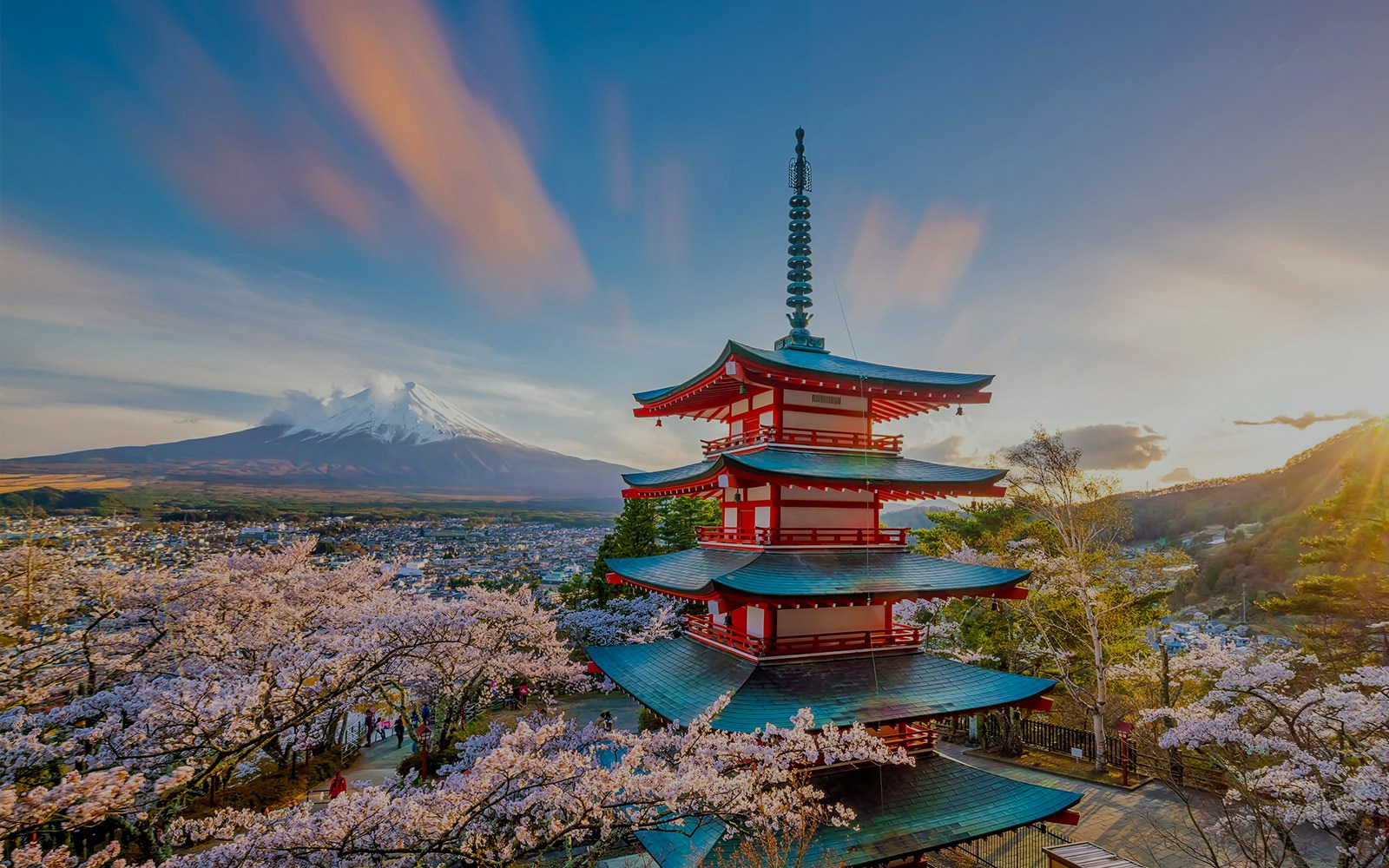What to expect on a Mt. Fuji cherry blossom tour
Sakura-framed views of Mt. Fuji
Seeing Mt. Fuji framed by cherry blossoms is one of the most iconic and unforgettable images of Japan. This springtime experience combines natural beauty, cultural charm, and perfect photo moments all built into one seamless day trip.
Tour is designed around peak bloom timing
These tours are designed around historic bloom data to align with the sakura’s full flowering period, typically late March to mid-April. This timing ensures you catch the blossoms at their best, with Mt. Fuji standing tall in the background.
Comfortable day trip logistics
No need to navigate complicated train routes or piece together connections. These tours include round-trip transport, often by comfortable coach or minivan, from central Tokyo or other nearby cities. It’s a full-day trip, fully handled, so you can relax and focus on the experience.
Guided walks and local insight
Walk alongside a knowledgeable local guide who shares the cultural and historical meaning behind each site. They’ll also point out the best photo spots, help you avoid the crowds, and give context to what you’re seeing, making your visit richer and more memorable.
Spring snacks and souvenirs
Spring in Japan also means seasonal treats. Along the way, try sakura mochi, cherry blossom soft serve, and browse stalls selling limited-edition souvenirs like pink-themed wagashi or Mt. Fuji-shaped sweets. It’s a flavor of Japan that you can only get this time of year.





%20Pass%2014.jpg?auto=format&q=90&crop=faces&fit=crop)


